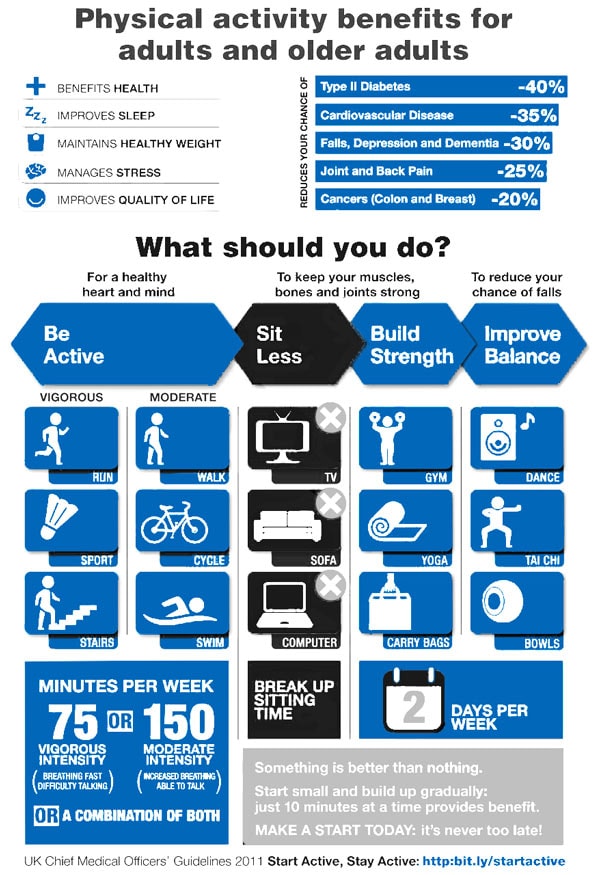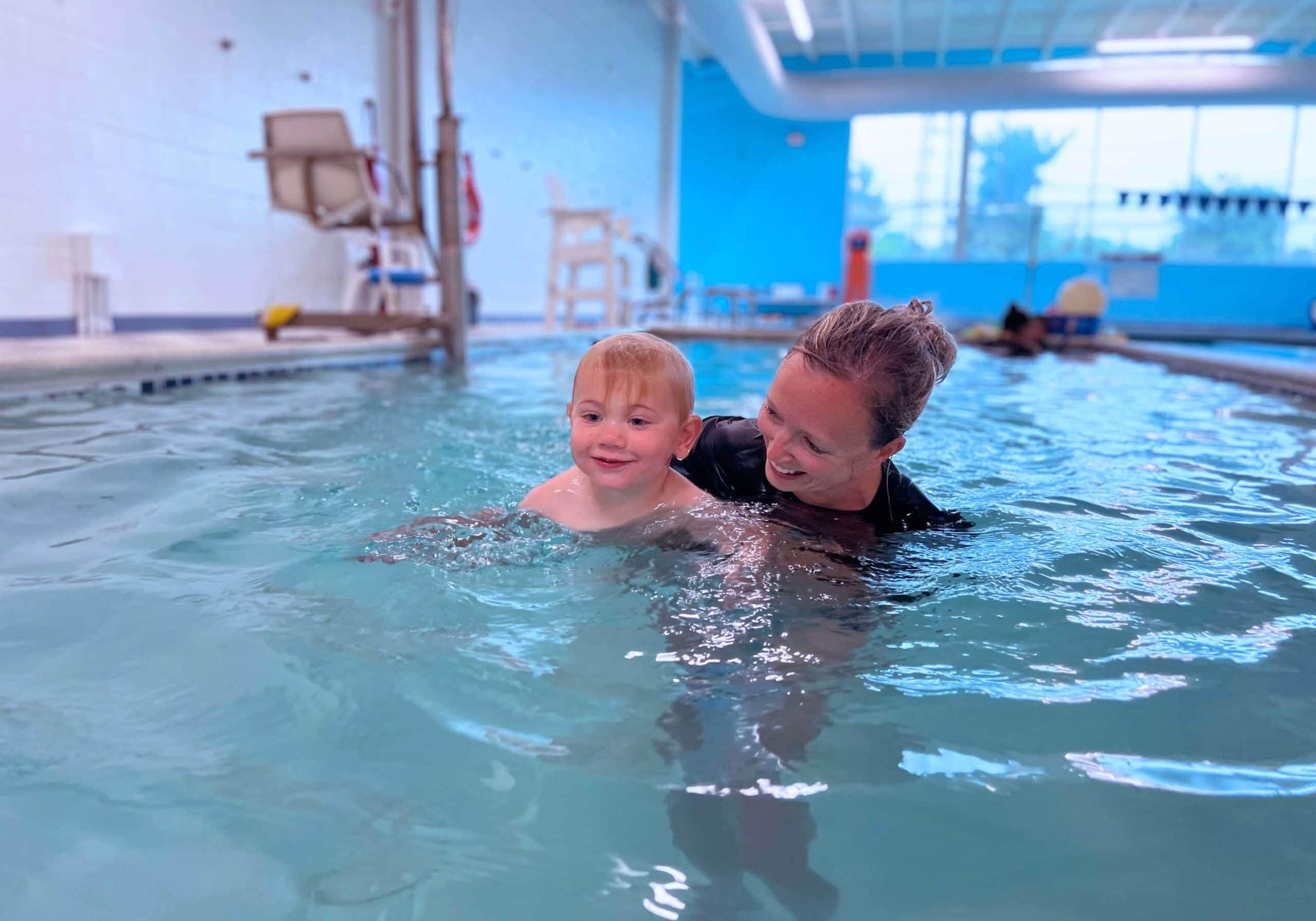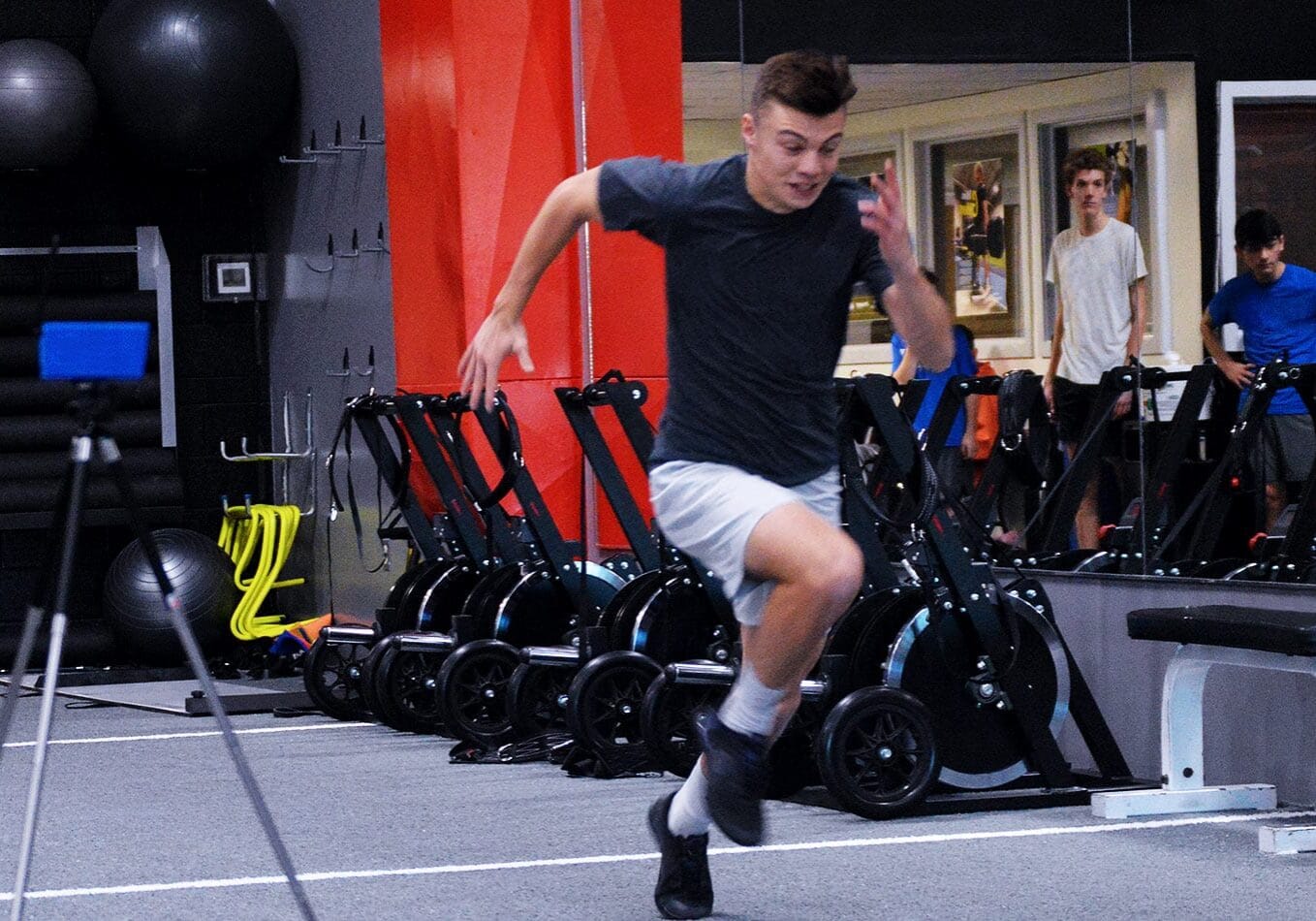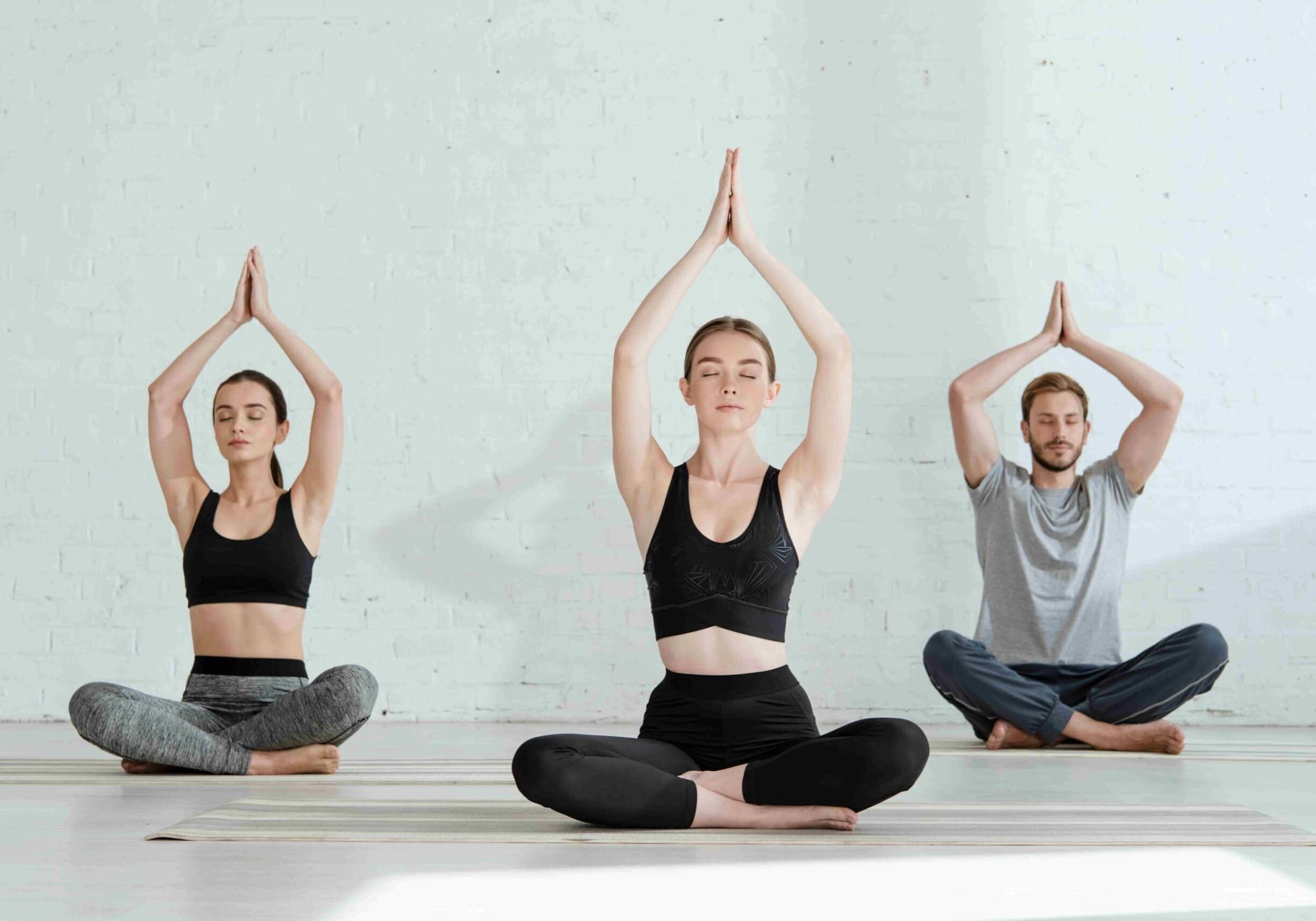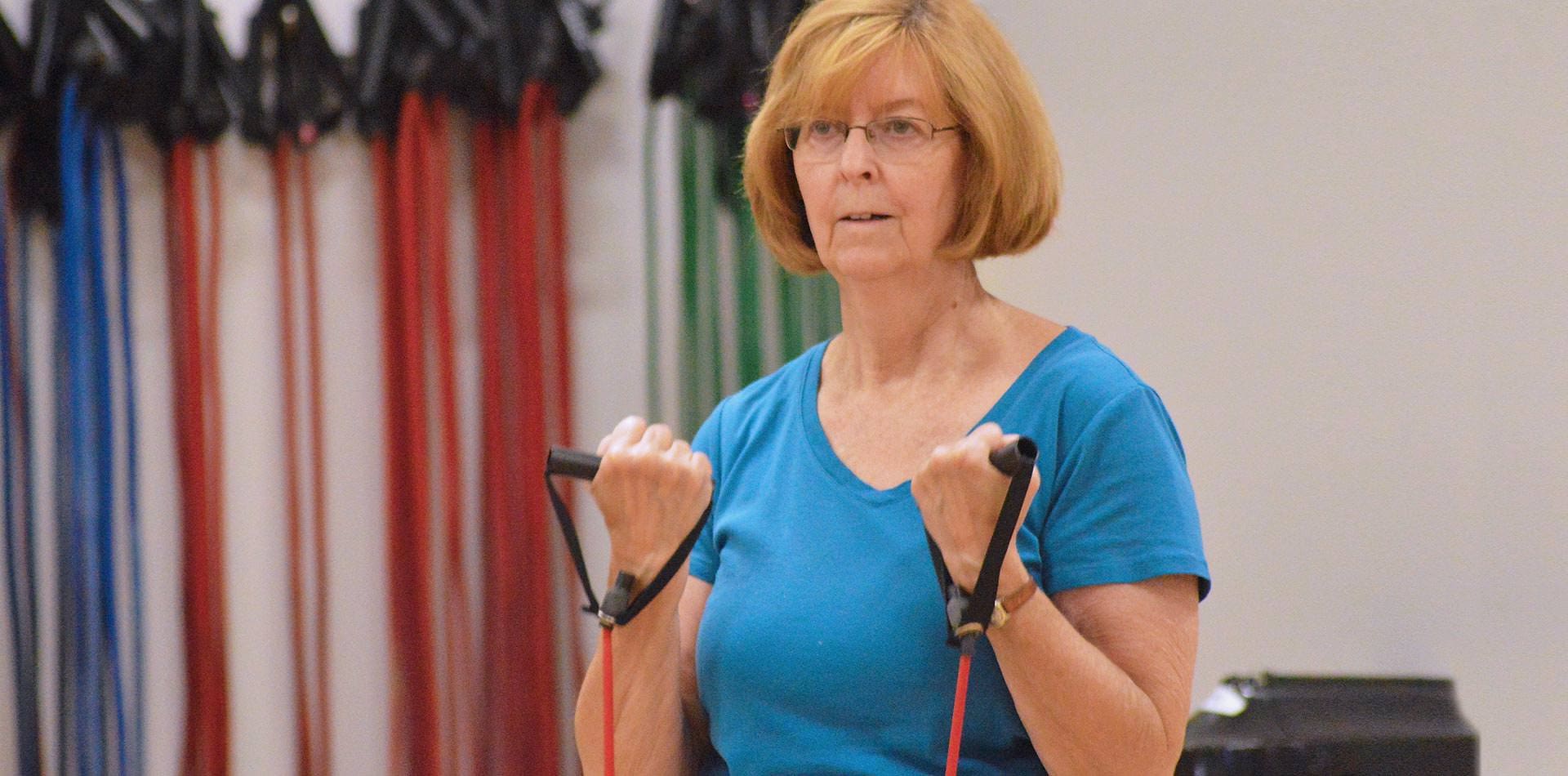
4 Easy Steps for Starting Exercise as an Older Adult
Daily Exercising = Healthy Aging
You have probably heard the old adage,“It’s never too late to start.” This phrase could be applied to many activities and habits. However, the most significant ending to this statement, would be “…a consistent exercise program.” Research has shown, that the benefits of physical activity are great. In fact, daily exercise for older adults serves as a prescription for preventing, treating, and managing chronic diseases and conditions including the leading causes of death in the United States, heart disease and cancer.
Improvements to one’s physical health can be made at any age. In general, people age differently from one another; factors that play a key role in this are overall lifestyle choices and irreversible genetics. We cannot control our genetics, so one would suggest modifying our lifestyle habits, which gives us the best chance of survival.
A few lifestyle factors that make the biggest difference in physical health are abstaining from smoking, eating a well-balanced, healthy diet (consisting of whole foods), managing stress, monitoring cardiovascular markers including blood pressure and blood lipid profiles, and regular physical activities — all of which are great examples.
My Personal Experience with Older Adults & Exercise Benefits
Working as a certified Exercise Physiologist for the past 20 years, I have witnessed true success stories in older adults (65 years and older) who have survived accidents they should not have. However, because they were physically active prior to the accident, they survived Through rehabilitation, they are thriving once again.
I’ve seen older adults who exercise and easily perform their Activities of Daily Living (ADL’s) which has significantly helped their quality of life. Aren’t we are looking to move through our day with better ease? I would vote “yes!.”
I’ve watched numerous joint replacements with successful outcomes because the patients were committed to exercise routines for older adults prior to surgery. As one’s age increases, the risk of hip fractures increases by 95% resulting from a fall. One hip fracture can lead to numerous other health issues.
There are many ways to decrease your chance of falling, but physical activity is amongst the most impactful. A well-rounded exercise routine for older adults is essential. Exercise for older adults may include incorporating cardiovascular exercise such as:
- Walking
- Cycling
- Swimming
- Resistance training
- Balance
- Agility
- Mobility
- Coordination
- Reaction time training.
While this might feel overwhelming, here are a steps to help keep you in line with your goals when choosing/re-starting your an older adult exercise program
Steps to Starting Exercise Routines for Older Adults
- Consult with your physician and inquire on whether there will be any negative affects to your exercise regimens based on the medication that you are taking.
- Commit to three months of regular exercise. When starting out, prepare your mind that you are going to adopt this new habit for 12 weeks and stick with it. Set a goal to be as consistent as possible. Believe it or not, by week 12, you will notice some differences in your quality of sleep, energy levels, overall mood, and an increase in stamina.
- Aim for 30 minutes of exercise on five or more days of the week (or 150 total minutes of moderate-intensity physical activity). What does moderate-intensity mean? It is an exercise intensity that is hard enough to break a sweat, but you could still carry on a conversation with your walking partner. You could break it into two 15-minute bouts per day, depending on your schedule.
- Diversify your exercise routine types. Studies indicate that a combination of aerobic exercise, resistance training (2-3x/week), flexibility/mobility training and balance exercises yield the biggest benefits to one’s health and well-being. Focus on one area to begin the first few weeks, possibly aerobic exercise such as walking.
My top recommendation? Try a SilverSneakers class. I know what many may be thinking, “Those classes are for the elderly, and I am not in that category. I may age ten years just by trying a class,” but I encourage you to have an open mind and try a new class. You may be surprised!
These classes are designed to target those skills and functions that decline with age, including balance, strength, muscular endurance, agility, coordination, reaction time, flexibility and mobility. My goal in every class is to incorporate a variety of regimens to execute the best exercises for older adults.


